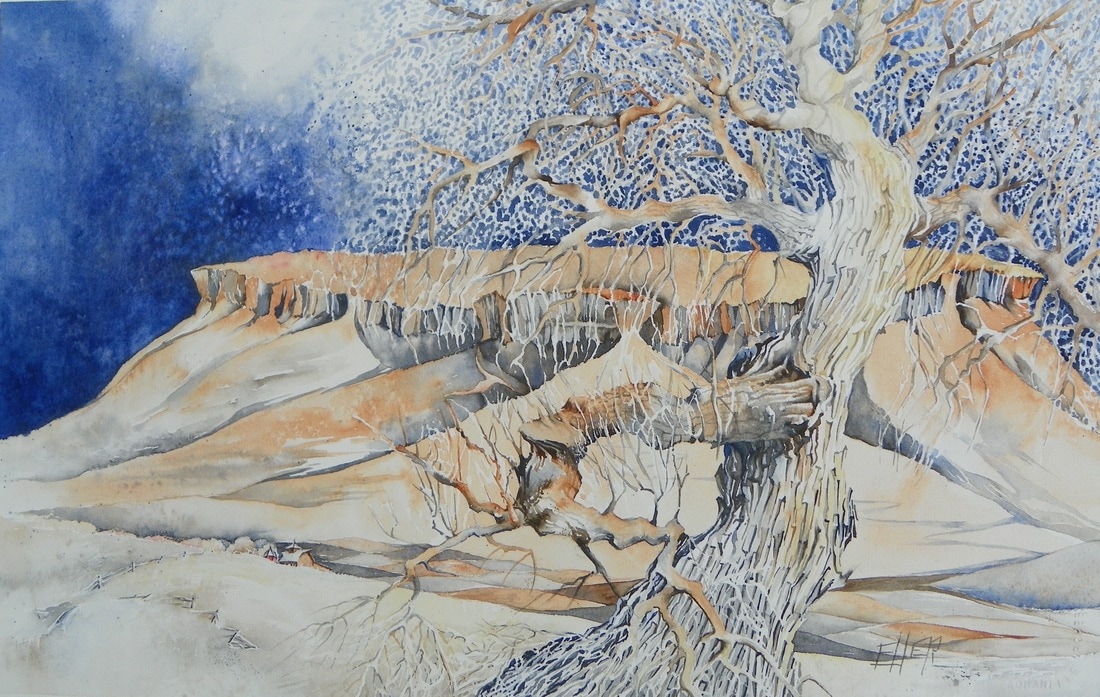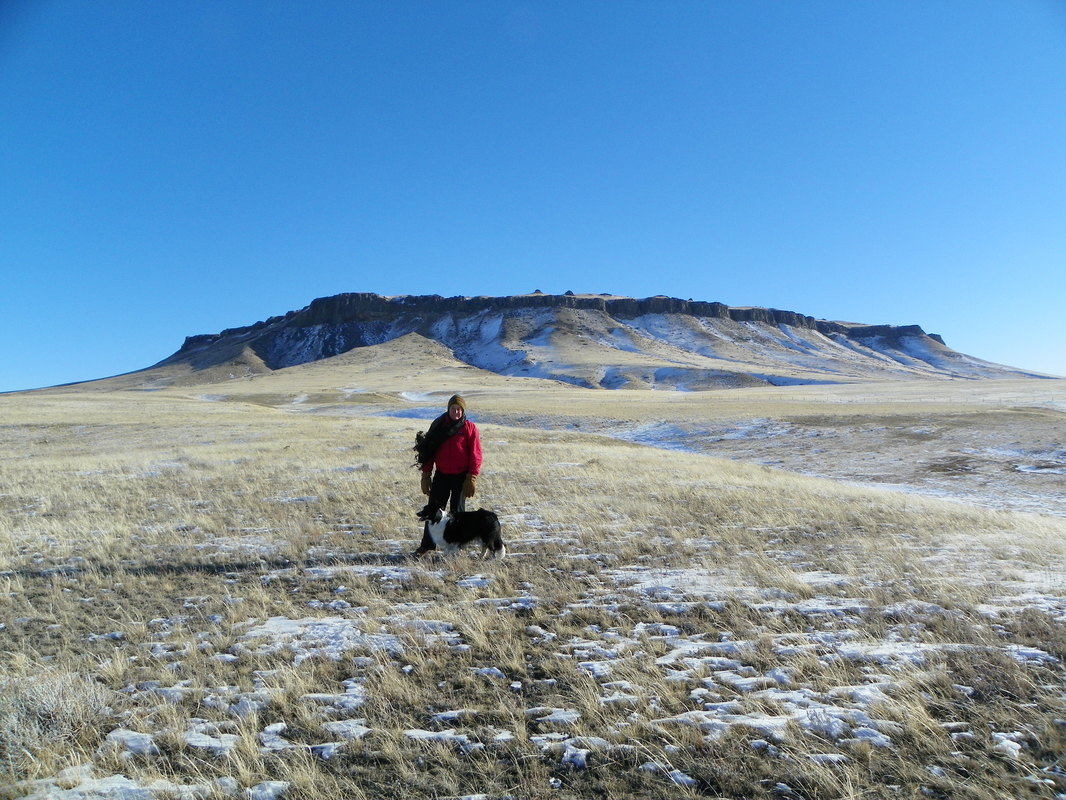2. Days that are so full each one requires a to-do list. Today is representative. As always, it began with a cup of coffee and then feeding chores; we then went to Choteau for a cafe breakfast before delivering our wool to the Front Range Wool Pool. Extension agents, from the counties within the Front Range group, operated the machine that loads and weighs wool bags and collects core samples; Hutterite colony members baled the wool that came in small or underweight bags; MSU Extension specialists sampled each bag, micron tested fiber samples, and directed each bag of wool into a particular quality category. The wool from our white faced ewes was more coarse and variable than I would like, a result of cross-breeding that began years ago, during daughter Katrina's 4-H years. That fact is embarrassing on Wool Pool delivery day, but I remind myself that we market 90 pound lambs at four months of age--lambs that have reached that weight on ewe's milk and grass, with no creep feeding or ewe supplementation--a testament to hybrid vigor achieved through cross-breeding.
Back at home, I moved ewes and lambs into a pasture for a few hours of grazing, part of their transition from hay to green grass.
I then weed-whipped some patches of cheatgrass that have invaded corral edges and fence lines. Such efforts may be my version of windmill tilting; I know that cheat is the grass that won, and continues to win, the West, but I remain optimistic that if I'm diligent about whacking off seed heads before they mature, I can outlive and vanquish such foes.
Next, Weed joined me to check gopher traps. We gloated about one fat rodent eliminated from the gene pool, detoured around a big bull snake doing his/her best to sound like a rattler, and pocketed a few spears of wild asparagus to add to our gleanings, to be roasted tonight and made into creamy soup tomorrow.
3. Have I mentioned that retirement has given me time to paint? Included is my latest, entitled Prairie Island Kaleidoscope. It is one of three paintings that I submitted to MT Watercolor Society's national juried show. Stay tuned regarding acceptance. Notification will be forthcoming in July.
I've run out of time for this post. Afternoon barn and greenhouse chores await; afterward, I hope to get 3 - 4 rows of corn planted before dinner.
If anyone reading this is mired in a rut, bored, or apathetic, please stop by. Enjoy a cup of coffee and join me for THE CURE.


 RSS Feed
RSS Feed
